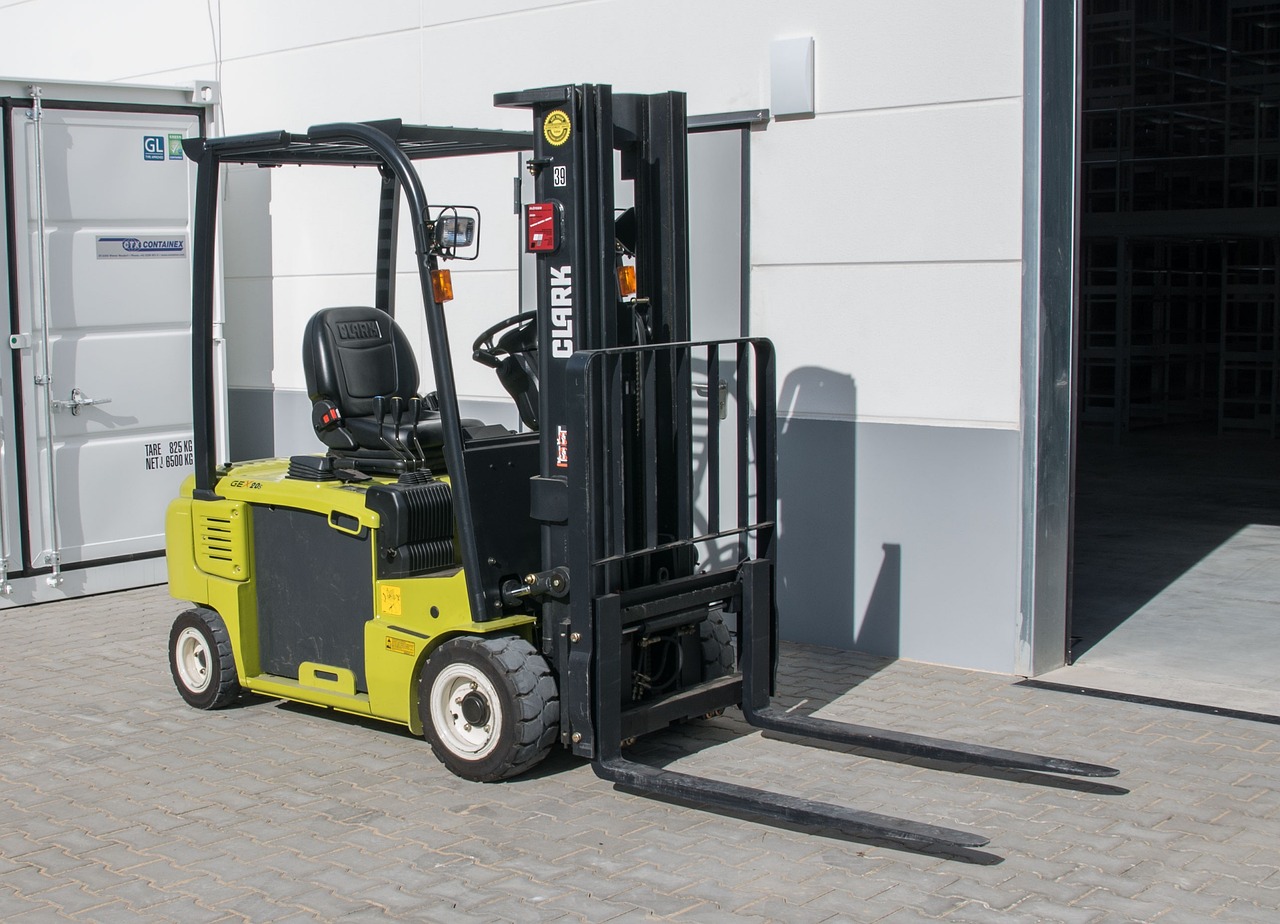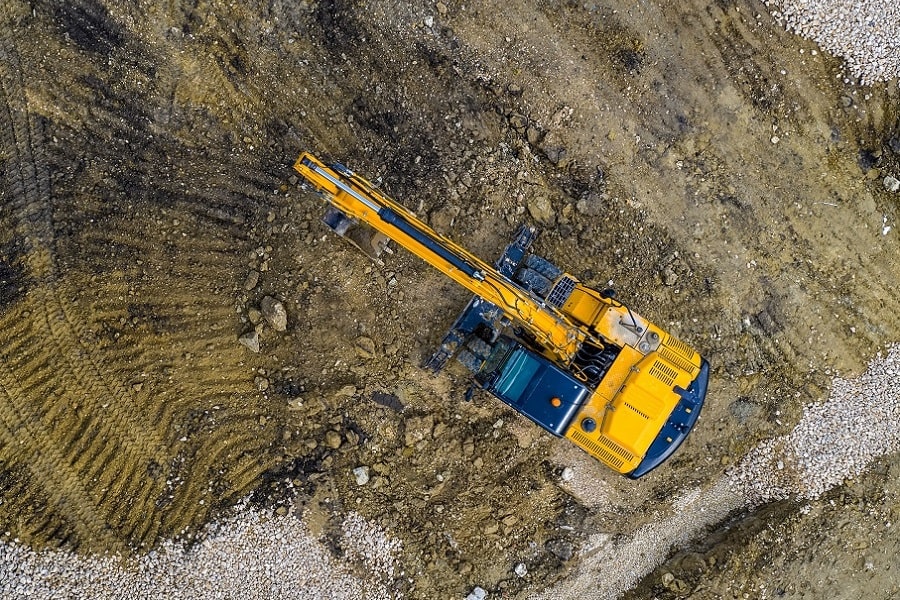Introduction
When it comes to the world of construction, moving heavy equipment is an essential part of the job. Whether you’re transporting bulldozers, excavators, or other construction machinery, finding the right method for the task is crucial to ensure safety and efficiency. In this blog, we’ll explore five ways to transport construction equipment, each with its own unique advantages and considerations. From towing and flatbed trailers to specialized trailers, shipping, and even disassembly, we’ll guide you through the options, helping you make the best choice for your specific needs.
So, let’s dive into the world of construction equipment transport and discover the best methods to get your heavy machinery from point A to point B.
1. Towing
Certain types of construction equipment are towable for short-distance transport. It will take a commercial vehicle and logistics professional to make the process go smoothly. The tow vehicle must have the ability to safely handle the task. This entails having adequate engine capacity and tread on the tires to manage the additional weight. Furthermore, the towed equipment must be up to safety standards.
2. Flatbed Trailers
One of the most common means that freight agents use to transport construction equipment is with flatbeds. As the name suggests, flatbed trailers can be tilted down for loading equipment and then raised to a flat level for secure travel. Flatbeds attach to a larger transport vehicle that can handle heavy loads. Unloading is a breeze with flatbeds, which come in many sizes and can often manage several tons of construction vehicles and machinery.

3. Specialized Trailers
Extra heavy hauling and oversized loads might not be suitable for transport on a flatbed. That’s where a specialized trailer like a double drop or nine-axle trailer might be the right option to get your construction machinery safely moved to where it’s needed.
Double drop trailers (aka lowboy trailers) and step deck trailers are types of commercial flatbeds that have different levels built in. The levels can drop down to accommodate equipment that exceeds maximum legal height limits on roadways or loads that need to cross beneath low bridges. Double drops also have expandable versions that are able to transport extra wide loads. Lowboys also drop down a bit further—down to 29 inches from the ground—for hauling extra tall cargo.
Nine-axle trailers are the perfect choice for contractors looking to move a sizable equipment fleet from point A to point B without hiring multiple cargo transporters. This perk ensures that all equipment will arrive on time and be ready to go. That’s because nine-axle trailers allow for transport without the need to disassemble and reassemble the construction equipment.
4. Shipping Construction Equipment
Does your equipment need to be sent overseas or across a body of water to an island location? We can have your machinery transported to the shipping vessel. It’s often possible to drive equipment on board the shipping container or vessel itself. If not, your machine is loaded onto a flat rack that puts it in the proper place. Freight agents can also secure the cargo in containers or dedicated storage areas on the vessel to prevent shifting during travel.
5. Take Construction Equipment Apart
Most heavy equipment can be moved all in one piece, but some must be disassembled before transport. Should this be the case with construction equipment, pieces of the machine can be strapped down to a flatbed and then reassembled upon arrival.
While this is also a way to avoid the extra expense of a specialized trailer, the time involved in putting it back together might negate any savings. For this reason, our logistics professionals and agents recommend moving any equipment that doesn’t require disassembly to be moved in one piece when possible.
Conclusion
By integrating these road construction safety tips into your projects, you can create a safer work environment for your crew and enhance the efficiency of your site. Protecting workers and implementing best practices contribute not only to a successful project outcome but also to the overall well-being of everyone involved. Stay safe, stay informed, and build better roads.
Remember, safety is a shared responsibility.




